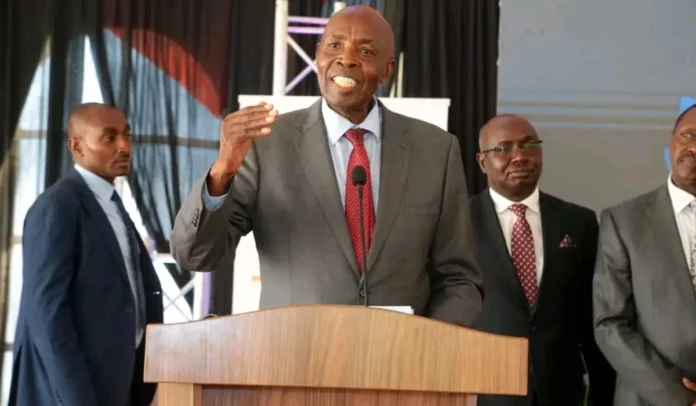The Ministry of Education is considering relocating Grade 9 learners to secondary schools, starting next year. This proposal aims to address the challenges faced by Junior Secondary Schools (JSS), including shortages of facilities, teachers, and inadequate training, which have plagued the implementation of the Competency-Based Curriculum (CBC).
Current Challenges in Junior Secondary Schools
The challenges in JSS are multifaceted, encompassing a lack of essential resources such as classrooms, libraries, and laboratories, coupled with a shortage of qualified teachers. These issues have impeded the effective execution of the CBC, particularly for the first learners who transitioned to JSS.
Proposal and Rationale
To mitigate these challenges, the Ministry of Education is contemplating a radical shift in the education system by moving Grade 9 learners to existing secondary schools. This strategic move leverages the available resources in secondary schools, including furnished laboratories, libraries, and vacant classrooms, created when this year’s KCSE candidates leave.
The expected rigour in Grade Nine and the need to strengthen career paths among students provide a compelling rationale for this proposed shift. If adopted, this decision aligns with proposals from the Kenya Union of Post Primary Education Teachers (Kuppet), advocating for Grades Seven and Eight to remain in primary schools while Grade Nine transitions to high school.
Kuppet highlights the underutilization of resources in secondary schools, emphasizing the availability of trained teachers and infrastructure that could be optimally used to enhance the quality of education.
Challenges in Junior Secondary Schools
A spot-check investigation reveals the struggles faced by learners and teachers in JSS. Overcrowded classrooms, limited resources, and inadequate teacher numbers create a challenging learning environment. The lack of subject mastery among some teachers, coupled with discontent due to poor pay, adds to the complexity of the situation.
Ministry’s Response and Funding
To address these challenges, the Ministry of Education has allocated funds for the construction of 15,021 classrooms for JSS by 2025. The World Bank is set to contribute an additional Sh9 billion towards building 9,000 classrooms, with support from the National Government Constituency Development Fund (NGCDF). This substantial investment aims to create conducive learning environments and ensure that the transition of Grade 9 learners to secondary schools is seamless.
